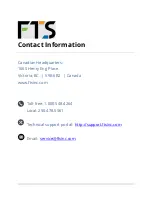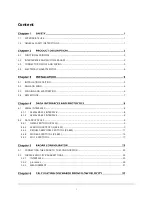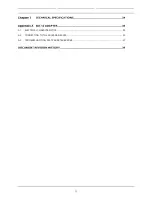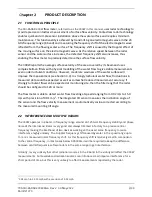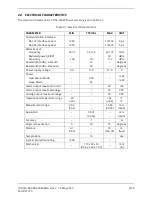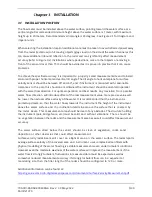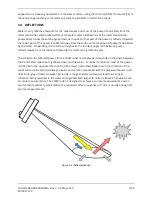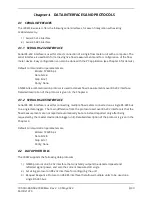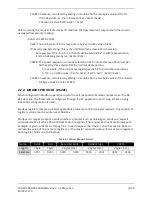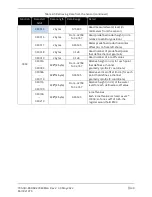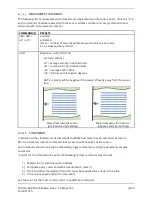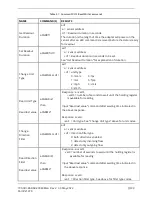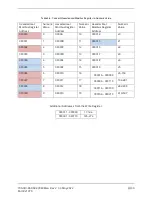
700-SDI-RADAR-300W-Man Rev 2 30 May 2022
7
/39
Part# 21370
evaporation is traveling upwards from the water surface, using the directional filter for water that is
inbound or approaching to the radar will solve the problem in most of the cases.
3.4
REFLECTIONS
Water is very reflective medium for the radar waves and most of the power transmitted from the
radar transmitter will be reflected from the water surface. Reflections of the radar transmitted
power beam follow the same physical laws as in optics in that part of the power is reflected towards
the radar, part of the power is reflected away from the radar, and a small part of power is absorbed
by the water. Depending on the surface roughness, the incident angle ratio between power
reflected away from the radar and towards the radar can significantly vary.
The situation for reflected power for the 300W radar is complex as it depends on the angle between
the transmitted radar beam (yellow arrow) and the water. In calmer conditions, most of the power
is reflected in the opposite direction from the radar (red arrow). Reflection in the direction of the
radar sensor (blue arrow) is always smaller and can be comparable with the dispersed power in all
directions (gray arrows). However, generally, a rougher water surface will lead to a stronger
reflection being returned to the radar and a greater SNR (signal to noise) ratio which enables more
accurate measurements. The 300W radar is designed to achieve accurate measurements even in
environments with very small SNR so the required surface roughness of 1mm is usually enough for
precise measurements.
Figure 3-2: Reflected power


